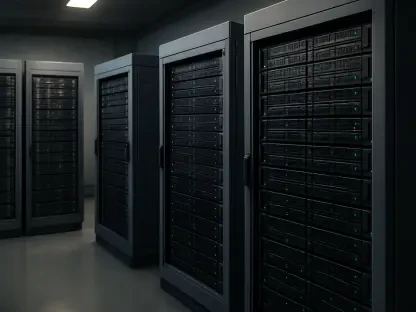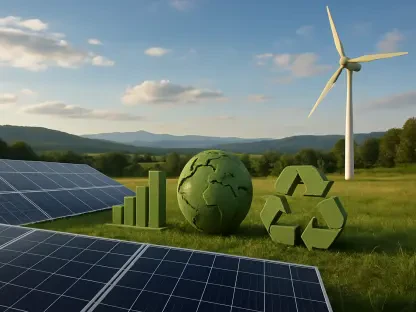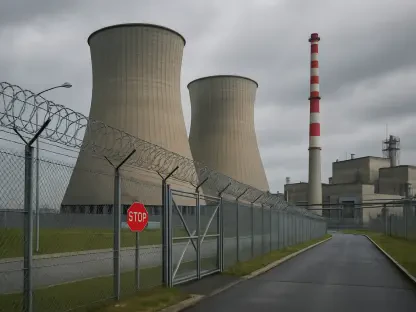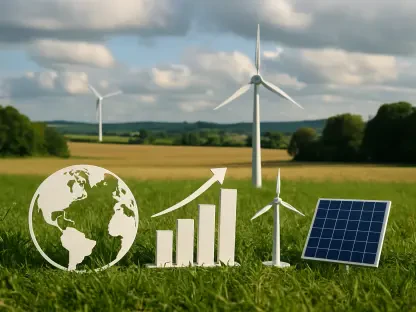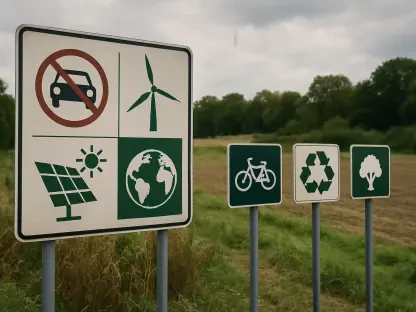Christopher Hailstone joins us today bringing his wealth of experience in energy management and sustainable practices, shedding light on how policy can steer the future of textile recycling in Europe. As the continent deserves a robust textile recycling system, Chris will unravel the complexities and potential embedded in these developments.
What is the primary goal of the study released by Systemiq regarding textile recycling in Europe?
The study aims to find a breakthrough in recycling polyester, highlighting how depolymerization could competitively rival virgin polyester production. By crafting policy-led initiatives and nurturing investment, the goal is to scale up the infrastructure needed for Europe to embrace this method effectively.
How does the process of depolymerization work, and why is it considered suitable for polyester recycling?
Depolymerization breaks down polyester into its original monomers, enabling the creation of high-quality recycled polyester. It is particularly suitable because it can manage materials with various blends, colors, or degradation, offering a feasible alternative when reuse and mechanical recycling can’t suffice.
Can you explain the current cost gap between recycled and virgin polyester production in Europe?
Recycled polyester production remains about 2.6 times more costly than virgin polyester from Asia due to insufficient collection and sorting systems, high operational expenses, and unpredictable brand demand. The financial strain on Europe’s recycling system accentuates this gap.
What are some of the key factors identified that could expand the use of depolymerization for textile recycling?
To broaden depolymerization’s reach, factors like EPR programs, standardized waste sorting, recycled content mandates, and long-term brand agreements are vital. These will provide stability and enhance the feasibility of recycling efforts across the industry.
How do extended producer responsibility (EPR) programs help in scaling up textile recycling?
EPR programs compel producers to take responsibility for the entire lifecycle of their products, including post-consumer waste. By integrating EPR, there’s a financial stream that can support the recycling infrastructure, motivating companies to prioritize sustainable recycling practices.
In what ways could standardizing and automating waste-sorting processes contribute to the recycling industry?
By standardizing and automating waste-sorting, the industry can achieve greater efficiency and accuracy, thus reducing operational costs and scaling up recycling capacity. These advancements could significantly improve the quality and volume of sorted textiles ready for recycling.
How might recycled content mandates encourage brands to adopt more sustainable practices?
Recycled content mandates enforce brands to incorporate recycled materials into their products. It encourages innovation in design, gradually shifting consumer and brand focus towards sustainability and supporting the recycling ecosystem.
What role do long-term brand offtake agreements play in developing a circular textile industry?
Long-term offtake agreements ensure a consistent demand for recycled materials. They help bridge financial uncertainties, stimulate investment, and promote continuous growth towards a more circular and sustainable textile industry.
Could you elaborate on how Europe’s textile recycling system is financially strained and what this means for the industry?
With mounting underdeveloped collection systems and cost-intensive processes, Europe’s textile recycling faces financial challenges. This situation may deter investments and stagnate progress unless strategic policies and investments alleviate these pressures.
How does the report suggest improving access to textile waste feedstock for depolymerization?
Improvements are suggested through redesigning products for recyclability, enhancing separate collection rates, standardizing feedstock specifications, and clarifying trade rules, thereby ensuring a consistent supply of recyclable materials.
What demand-side policy incentives are recommended to strengthen offtake demand for recycled materials?
The report recommends incentives like recycled content targets under the Ecodesign for Sustainable Products Regulation and steadfast brand commitments, driving demand-side growth for recycled materials.
Why is reducing production costs crucial for making recycled polyester competitive, and how can it be achieved?
Production costs need to be brought down for recycled polyester to become economically viable. This can be realized by lowering energy prices and easing investment risks, increasing the affordability and attraction of recycled options to producers.
How does the report propose to bridge the remaining cost gap and cover costs related to collection, sorting, and recycling?
By suggesting EPR fees and modest green premiums, the report illustrates how these financial interventions can address the cost gap, supporting the comprehensive funding of collection, sorting, and recycling activities.
What is the significance of a brand-level green premium, and how might it affect the industry?
Brand-level green premiums could help offset shipping costs and incentivize the adoption of recycled textiles, encouraging industry players to incorporate sustainable practices transparently and responsibly.
How do the proposed intervention areas aim to make recycled polyester from postconsumer textiles competitive with virgin polyester?
These interventions focus on policy alignment, investment, and industry collaboration to sharpen the competitive edge of recycled polyester through cost reduction and demand amplification, aligning market conditions closer to those of virgin polyester.
Can you describe the potential environmental benefits of increasing the depolymerization output in Europe?
Enhanced depolymerization output would significantly cut emissions and textile waste pollution, fostering an environmentally friendly practice that protects resources and mitigates climate change impacts.
What are the primary challenges that Europe faces in transitioning to circular textiles?
Challenges include inadequate waste management systems, high costs, fragmented regulations, and insufficient industry-wide collaboration. These obstacles demand cohesive strategies to transform the textile sector effectively.
According to the study, how can policy frameworks support the growth of textile recycling in Europe?
Policies can guide the industry’s evolution by structuring incentives, setting mandates, and ensuring alignment between technology adoption and sustainability goals, creating a supportive landscape for growth.
In what ways could collaboration across the industry help build a circular ecosystem in textiles?
Industry collaboration can unify efforts towards research, innovation, and investment, promoting resource sharing, standardization, and the collective pursuit of sustainability ideals—a cornerstone for building a circular ecosystem.
How important are long-term partnerships for achieving a successful transition to circular textile systems?
Long-term partnerships are crucial as they foster trust, stability, and alignment of interests across stakeholders, enabling shared commitments and long-range planning essential for a successful transition.
What is your forecast for Europe’s textile recycling policy landscape?
If policies are effectively implemented along with strategic investments, Europe is poised to lead globally in textile recycling, achieving environmental goals while capitalizing on long-term economic benefits and innovations in sustainability.


